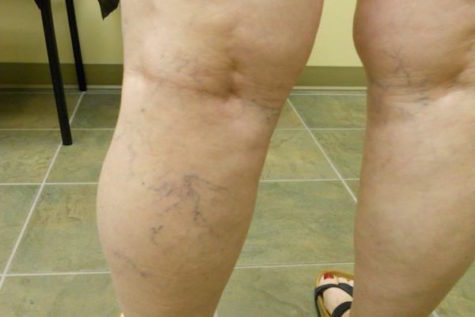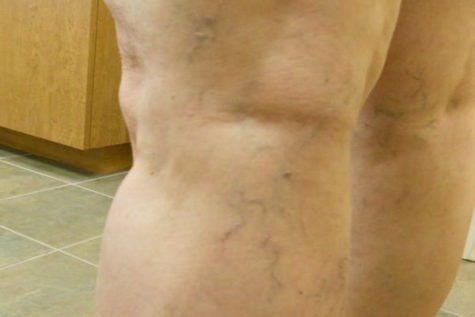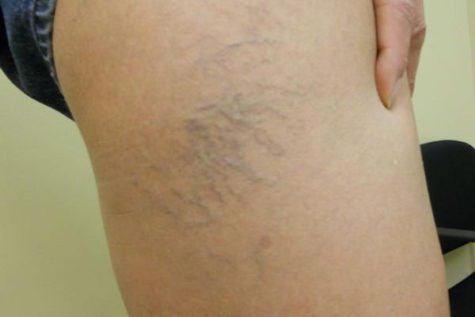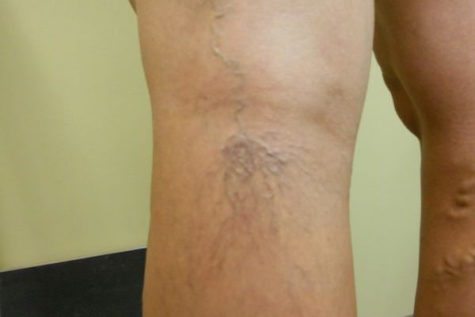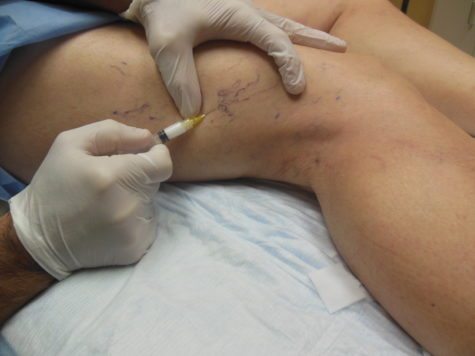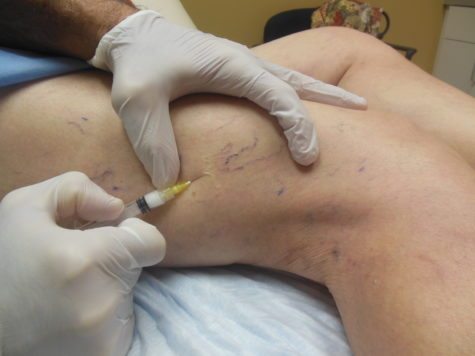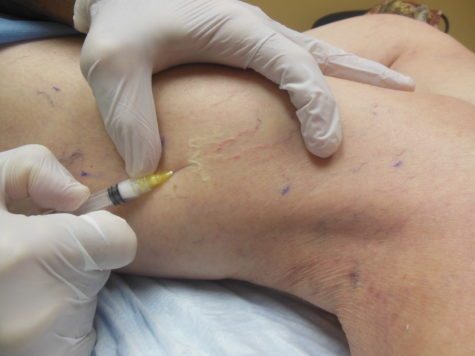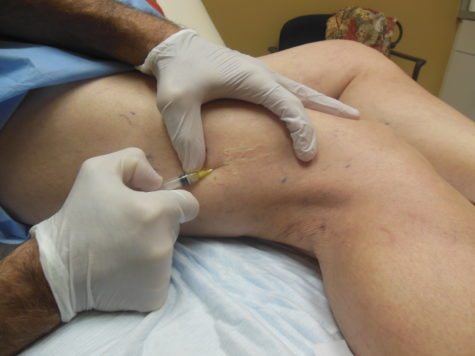Spider Veins
TREATMENT OF SPIDER VEINS – PATIENT INSTRUCTIONS: RISKS AND INFORMATION GUIDE
Telangiectasia, the clinical term for spider veins, refers to the threadlike groups of small blood vessels that occur near the surface of the skin, most commonly on the legs or face. Spider veins can be red, blue or purple in color, and have signature patterns of thin lines that often resemble a spiderweb. These patterns are called telangiectases and generally form in small clusters over a period of time.
Aside from their unattractive appearance, spider veins are usually symptomless and do not cause much discomfort. However, patients interested in leading a healthier life should schedule an evaluation at the onset of any symptoms. While spider veins may only be a cosmetic nuisance now, the potential health complications that can arise from unmanaged venous disease can become serious in time.
What Causes Spider Veins?
Spider veins are a common condition and can affect even those who are otherwise healthy and active. However, like many medical conditions, some individuals will be at higher risk of developing spider veins than others. For some patients, spider veins are inevitable, but for others, preventative measures can be taken to encourage healthy blood flow and prohibit their development.
Adhering to a healthy lifestyle that includes frequent physical activity, weight management and daily sun protection can make a world of difference in keeping the venous system functioning as it should. Common factors that contribute to the development of spider veins include:
- Age – Time can cause the one-way valves within your veins to become worn and weakened, causing blood to eventually backflow or pool rather than travel to the heart.
- Genetics – If venous insufficiency runs in your family, you are put at a higher risk of developing spider or varicose veins.
- Obesity – Excess weight and a sedentary lifestyle can place added pressure on the veins in your legs and make it more difficult for veins to push blood back to the heart.
- Gender – Hormonal fluctuations from pregnancy or menopause put women at a higher risk of developing spider veins than men. As many as 40 percent of women will develop spider veins at some point in their lives.
Treatment Options for Spider Veins
When you schedule an in-person consultation at Vein Specialists of Tampa, board-certified cardiovascular and thoracic surgeon Dr. Gary Dworkin will sit down with you to discuss your medical history and concerns as well as examine your affected veins. Based on this information, a course of treatment will be designed around your specific needs and goals. We often utilize ultrasound imaging to complement patient examinations and treatments of venous disease to identify the anatomy of insufficient veins and deliver unparalleled precision in treating them.
Our treatment options for spider veins at Vein Specialists of Tampa include:
Sclerotherapy
Sclerotherapy is a highly effective and minimally-invasive vein treatment that addresses spider veins through simple injections. A medication known as sclerosant is injected directly into the insufficient veins using a very thin, small needle. Once inside the spider vein, the sclerosant irritates the walls of the vein, causing an inflammatory response that results in the vein collapsing. Treated veins are then safely and naturally absorbed by the body, while blood flow is redirected to healthier veins further from the skin’s surface.
Sclerotherapy treatments are typically completed in about 30 minutes, although appointment times can vary based on the needs of each patient. Most of our patients find the procedure to be comfortable and do not require local anesthesia due to its minimally-invasive nature. As soon as your procedure is over, you are free to return home and resume most of your normal activities immediately. You will, however, be advised to avoid strenuous activities for a few days or longer after your treatment.
Improvements to the appearance of spider veins can typically be observed after a single treatment; however, most patients will require a series of treatments in the same area spaced two to three months apart for the most optimal results. The exact number of treatments needed can be challenging to predict, but our providers will offer their best estimation so that you have an idea of what to expect. While spider veins are treated with sclerotherapy will be gone for good, patients are not immune from developing new spider veins due to aging, lifestyle or other factors.
At Vein Specialists of Tampa, our providers work with each of our patients to develop a comprehensive vein treatment approach that not only treats the problem veins but also manages venous disease for long-lasting results.
Compression Stockings
Medical grade compression stockings have a long history of use for reducing swelling after vein procedures. Unlike your regular stockings, compression stockings work to apply pressure to the veins and muscles near the surface of the skin. This pressure helps to keep blood flowing through the veins and reduces the risk of pooling.
While compression stockings won’t eliminate existing spider veins, they may help to prevent future spider veins or varicose veins from developing. At Vein Specialists of Tampa, we carry an extensive inventory of compression stockings in our office. We will take leg measurements to provide custom-fitted stockings that will be the most beneficial to you.
If you are troubled by the appearance of spider veins, now is the time to get them treated safely and effectively at Vein Specialists of Tampa. Contact our office today at 813-374-9002 to schedule your consultation.

